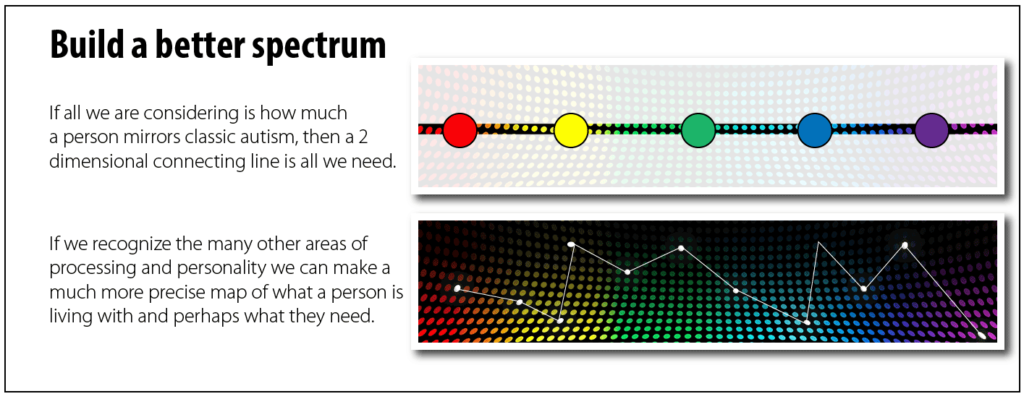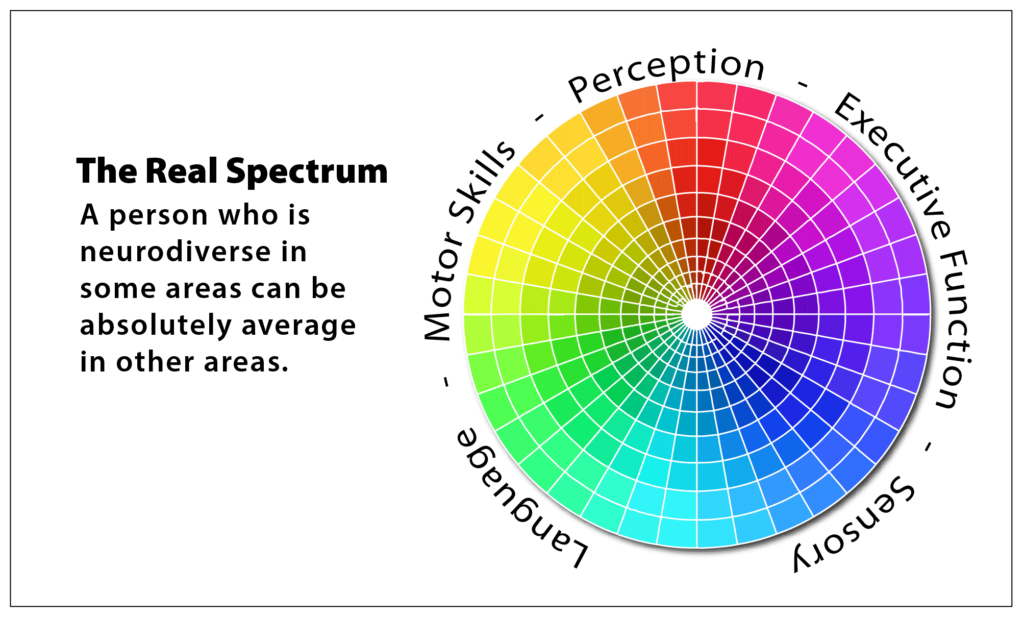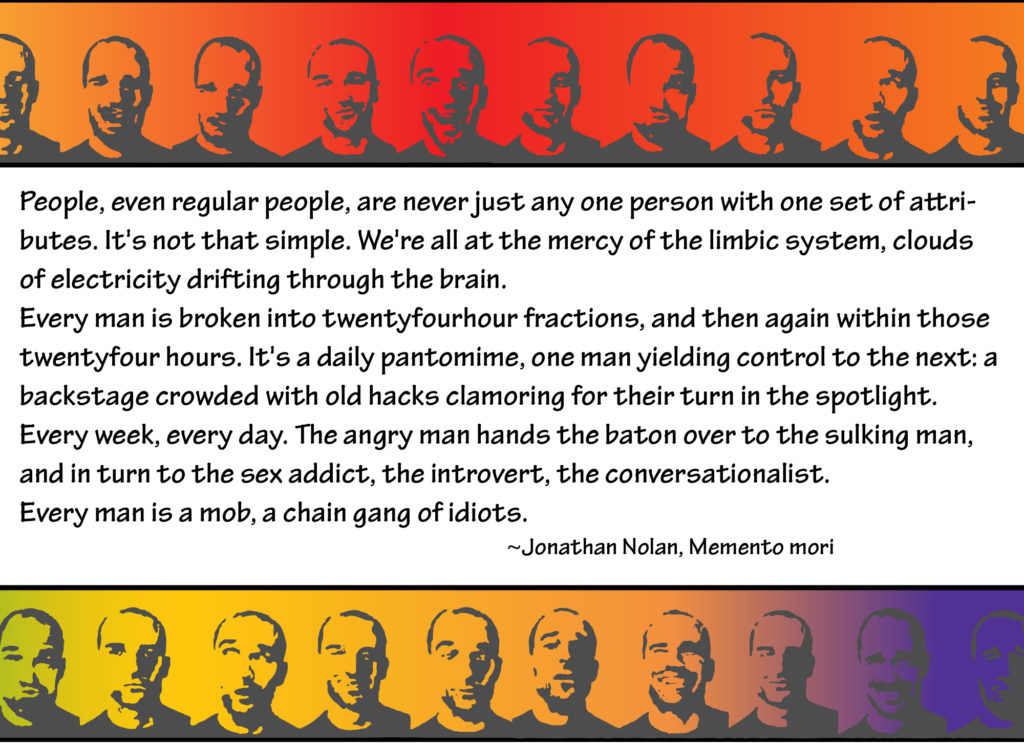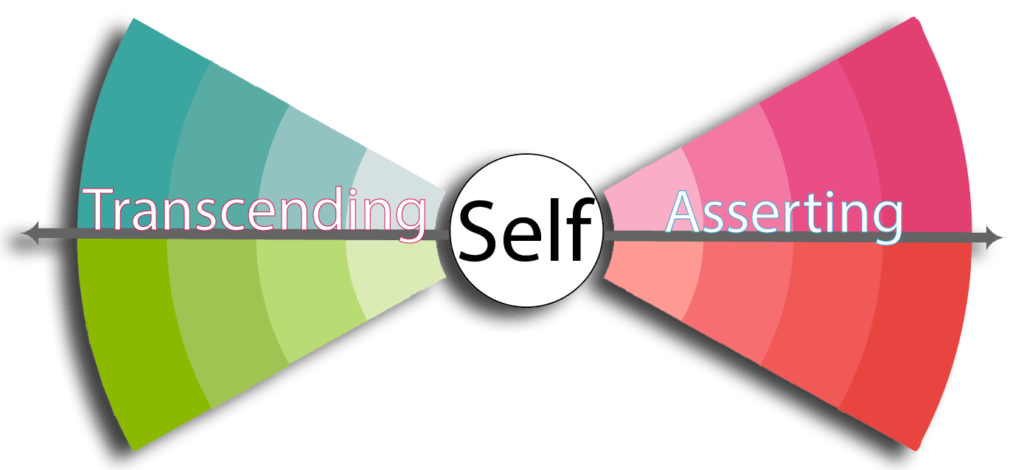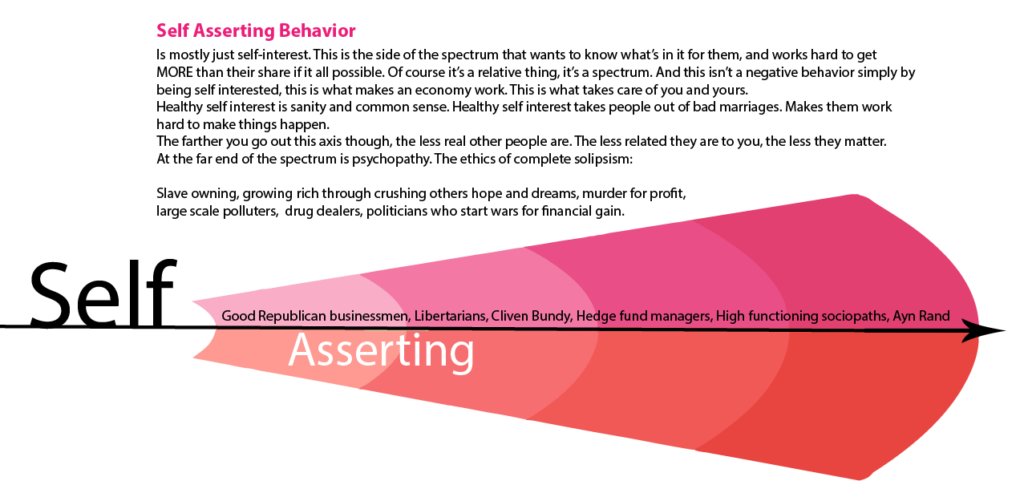Brain\Mind
Musings, news, and research about neurology, brain physiology, psychology, and behavior. Particular focus on Autism, ADHD, and depression.
Remote Control
We know it as we speak, we handle words instinctively like tools we’ve used a thousand times. Every time we use words to make someone angry or to comfort them we are producing chemical reactions in their body. Admittedly, our physical presence plays a part in intimidating or calming, but in a low sensory telephone call, or a zero sensory letter, the disembodied words can still bring horror or joy. Naturally most words aren’t used to flood the listener with stress hormones. A great book can grow a world around the reader. A great comedian can pull happiness and relief from a crowd of thousands who share the mood like blood circulating in a body. And of course there are those who can move crowds past restraint into activity and even violence.
Many words cause changes in our minds and bodies but the context generally defines our reaction. There are words that build up enough charge from the way they are generally used that they often elicit an emotional bump. Please don’t be offended at the following content, it’s only here for demonstration purposes, you filthy fucking whore! Sorry, but I wanted you to pull up short. Did you feel that? It’s easy to find these words, just ask yourself what you wouldn’t feel comfortable saying. Feel what happens in your stomach and in your nerves as you read: Cunt, Nigger, Slut, Kike, Slant Eyes. Was it stress, fear, shame? Probably it was. These words are obvious hooks that make it hard not to react. The connection between words and chemicals is right there, requiring no further test. 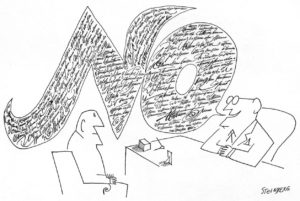
Even though it sounds mystical this is why I believe that humans of our state of development could not have been functionally mute, ever. We couldn’t have been ourselves and slowly developed language. Language is innate because it must be. That is circular thinking on the face of it, but I don’t mean it as a place to sit contentedly. I mean that it’s tangled up with something about the evolution of species that we have developed no foundation for. The reason I can feel so certain is that humans, but without language makes as much sense as a fully functioning car, but without an engine.
Words are the catalytic enzymes of the human domain.
This is so obvious as to be invisible. Words (and language) are the answer to the question “How will these complicated primates get their complicated business done?.” Language points to the human foundation of society. Language is about humans as a group, and about the group as organism. Innate language ability is the “human genome” of thinking and relating.
And species wide, our many languages speak to the same issues. That is, no language is alone able to discuss some angle on reality that others are not. No one language holds a surprising- one of a kind function that others can’t touch. If it’s difficult to imagine what that kind of exception would even be, that may point to why it doesn’t exist. It’s not in our presets for communication. The fact of innate language with a common range points to some underlying structures: A library of recombinant symbols and memes the we use both to interpret and explain.
And that’s up next in this category.
“The Human Memeome”.
“I am a man, nothing human is alien to me.”
~Terrence
A while back I wrote an article here about understanding the autism spectrum. I wanted people to understand that the classic expressions of autism like sensitivity to sound and not liking eye contact weren’t alien and weird. Those are expressions of normal humanity just with a different threshold for discomfort. If the”slider control” of sensory sensitivity is set for most people at 20 to 30 (on this completely arbitrary scale I’m making up) then Asperger’s might be at 50 and profound Autism at 80. It helps to clarify our relationship to ASD people. They are ourselves in extremity.
But that’s also a limited way to look at it. The spectrum of human neurology isn’t a little train track with stations scattered along it. In the current diagnostic map, there are a set of boxes available to bean-bag toss people into. But many people are profoundly affected by different kinds of “out of tolerance” brain quirks and kinks and they don’t meet the 4 out of 6 diagnostic criteria for this or that disorder. Therefore, whatever is up with them is bundled into the set of things that don’t officially exist and therefore can’t be recognized and treated within the current therapeutic sphere. The same people may be treated anyway by being placed in one of the existing boxes. Without wanting to pathologize everything, or unduly blame the caregivers, this is a bit like being treated for one illness because it sort of reminds your doctor of a different illness she’s more familiar with.
Asperger’s Syndrome, which officially doesn’t exist anymore, had a very distinct behavior profile. It’s understandable that Hans Asperger could recognize this signature in the boys he studied. As his model gained acceptance, more and more people were noticed by their similarity to the profile. More and more people appeared as outliers. In a sense, it’s like looking at a very busy wallpaper full varied shapes and configurations and only noticing one.
Understand me, I’m not suggesting that the world will be a better place if we invent a syndrome for every complaint or complexity. A diagnosis is only a blessing if it helps to make you whole. My son, like me, is a complicated piece of work. Earlier in his school experience, we struggled very hard to create a really good IEP for him with his teachers. This is basically a guide to how the school will understand this kid and deal with his issues. He had a provisional diagnosis of Asperger’s but he might as well have been given an XXX-Large cowboy hat for how well it fit him. At one point I found online what sounded like a remarkable match for his constellation of issues. It was in the European version of the DSM but it wasn’t in the American version. The result was that it couldn’t even be considered because, for all practical purposes, that syndrome existed only in Europe and not in the United States. Imagine if you had diabetes and sought help and were told: “Diabetes isn’t a real thing, at least not in this county”.
As I understand it it’s better to have ADHD in at least some areas of the United States than in most of Europe. Apparently over there they still hear a lot of: “That’s not a real thing.” Over here a surprising number of people with some sort of processing issues are equally likely to be placed in the ADHD box OR the high functioning autism box. Because even at the state of the art level of diagnosis this stuff isn’t crystal clear. We don’t have truly differential diagnostic tests and subjective impressions and biases play a large and rather random role.
Maybe the most important thing to consider though is that the level of the supporting science is very different for this and say cardiopulmonary disorders. Sometimes one gets the idea that medical science is a big vehicle carrying everyone forward at the same rate. We also tend to fall into the mistaken thought that just because there’s a treatment assigned to all things recognized as an illness that that treatment is basically successful. There are plenty of medical issues where the recognized best practices are really not very effective but are still treated as if hand delivered by Moses rather than probationary best practices that should be constantly studied for efficacy.
When it comes to Autism, knowledge has increased impressively since Hans Asperger. But there is a huge crowd of us weirdos sitting in the waiting room hoping to have our problems recognized as real not so we can wear the special cumberbund of victimhood but so we can stand a chance of improving our lot. Right now, even if your processing issue is recognized, the most that is likely to happen is the creation of a small list of best practices and some medication suggestions based on early, provisional research. The results of these at best are generally teeny, tiny incremental improvements in quality of life. Let me tell you, the communities of neuro-atypicals are all out there on the web appealing to each other for hope with the intensity of a family member looking for a lost child. The medical communities that treat them tend toward a kind placidity because they embrace the idea that having a treatment on the books is good enough. I’m not blasting caregivers for not dropping everything to research our crabby and confusing brains but what would help is recognition that what we know now is far from successful and sufficient.
For now, it would be useful to take the spectrum and give it height and width and depth as well as length, to give it some range and subtlety. And let’s not start by recognizing a single pattern and trimming the real human beings to fit. Let us take excellent measures of our many variables and begin to map an overall system of ourselves and our range of possibilities. Let us map atypical neurology like a range of islands and discover their proximity and relationship to each other. Patterns WILL emerge and we will all find our place together in a broad and subtle map of human nature.
Imagine being a starling in one of those massive dark clouds they create when swarming; Intensely focused, eyes forward, keeping up, swooping madly. So involved in this doing that we never look around and say: “What the heck are we doing?”. That would be doing it wrong. Interrupting automatic behavior is kicking yourself out of the game and likely paying some price for it.
There are many times in human life where it’s almost impossible to opt-out of preset behavior flows. The thing is, our sense of autonomy and free will often mask the inflexible and robotic within us. Imagine yourself walking into work, greeting familiar people. How much could you change the way you do that?
First, dress differently. Change your stride, your expression, and tone. Say surprising things, speak uncomfortable truths, use no templated behavior. In a meeting, don’t laugh with the group. Laugh without the group. Choose body language that conflicts with those around you.
It sounds like protracted, fingernails on the chalkboard misery, doesn’t it? It sounds like exhausting resistance to the flow. It sounds like asking for trouble. Please imagine how hard it would be for you to actually do that. You are feeling the enormous power and weight of automatic behavior, it is a tidal force that sweeps us along with it wherever it goes naturally. It is a hurricane gale if you walk against it. There’s enormous stress in clashing with social expectations.
But walking into work isn’t just waltzing past a few strangers, it’s a series of complex, patterned encounters.
Relationships with family, friends, and workmates quickly become codified. They develop a pattern that eventually becomes almost impossible to alter. If you pay close attention you can feel yourself in these moments of interaction morphing instantly into a modified version of you, especially adapted to this specific person. In their company, you have a well-understood way of greeting, a style of listening and a way of holding yourself. Buried in the same file are your ways of seeking information from them, making jokes, expressing camaraderie, or concern, etc. etc. You probably have different versions of these things prepared for many specific people. You don’t think about it. You didn’t plan these things… they grew automatically from your chemistry and relationship as the two of you worked out how to be with each other.
I’m just pointing out how much of life is evoked, context-driven behavior. It’s something observable that we all do, it’s global, it’s innate human behavior. In groups, we subconsciously monitor the environment for a sense of what it’s proper to be doing right now. We react instantly to signals during social interaction and display appropriate poses and expressions to answer those signals.
This constant flow of social mirroring and signaling doesn’t usually feel difficult or threatening. It doesn’t usually even feel like something we are doing. Not until there’s an uncontrollable breach in your display. Imagine throwing up, farting loudly or faceplanting in your nice clothes on your way into the conference room with “the team”. Inside us a sudden horror movie shriek, as we feel ourselves plummet into the social shame basement. We instantly begin emergency repairs with fevered apologies, explanations, and attempts to signal a return to normal. Shame is never more than a stupid comment or a burp away, and shame burns. It burns more than seems reasonable or proportionate. Shame hurts because, in spite of our apparent confidence, there is human machinery in us that cares a whole lot about what people think.
It’s very challenging to observe this our constant monitoring and mirroring of every group we are in, the way we change stance and attitude, distance, angle, facial expression and tone of voice. How we adjust our clothing and body language. Every person is a signal and we morph ourselves like camouflaging cuttlefish at every public moment to send the correct signal. This unconscious, automatic behavior can interact with conscious choice but it does so as little as possible.
Social interaction is a seamless matrix of automatic behavior, making it all but invisible. Anything you notice has to stand out against a contrasting background and human behavior IS our background. Your entire life in proximity to others is shaped by these autopilot primate rules of engagement. The pressure they exert is surprising.
This video is from Candid Camera long ago but it’s amazing. Watch these people completely mess with the minds of innocent strangers.
This really makes us look like puppets, doesn’t it? And you have to wonder what weird behaviors have us turning in circles and taking our hats off and putting them right back on again except that nobody is pretending in order to prank us. Famous old-school psychological tests showed that most people would deny the evidence of their own senses if others claimed to see something different and that many “decent people” would willingly torture an innocent person if simply pressured to by an authority figure. This is what Arthur Koestler meant when he said that more of mankind’s horrors come from self-negating behaviors than self-asserting behaviors. Being cooperative is a certain number of steps from just following orders.
Ex. 20:5 – “I,(…) am a jealous God, punishing the children for the father’s sin, to the third and fourth generations …”
Stress hormone causes epigenetic changes
Epigenetic Influence of Stress and the Social Environment
Grandma’s Experiences Leave a Mark on Your Genes
The first two links are scientific papers and the third is a popular article from Discover magazine. They are all quite readable though and worth a look. If you search epigenetics in this blog you’ll find a number of related articles.
Scientists taught white mice to fear the smell of cherry blossoms. (“So Bob, what do you do for a living?” “I frighten mice.”)
The offspring of these frightened mice were never subjected to this cherry blossom trauma but mysteriously, they also feared the smell. More amazing still, the grandchild generation of the original trauma mice, also never subjected to the treatment, reacted with fear. Now further studies are not only confirming these results but showing that deprivation and stress alter inheritance multi-generationally. It affects both physiology and neurology.
The evidence is in. Pain and suffering flow across time. Cruelty keeps jumping forward like a skipped stone. We don’t know authoritatively how many generations forward these effects can travel but 3 and 4 generations are documented using an animal model. And rather than just imagining separate generations of inherited fear, and the many influences on the phenotype of those people, imagine how many poor choices their inheritance initiated. Imagine the effects flowing into the places they live in and their families and friends. Consider the implications for large communities who have suffered trauma almost collectively. In some places and times that could mean whole generations where virtually everyone is bent and twisted by the suffering of their parents and grandparents. How often will behavior born of trauma result in fresh trauma to another?
There is nothing parents love more than their children, and every parent fears passing along something bad to their children. Our new knowledge means that anyone suffering a serious trauma, or having survived desperate stressful times, can be certain that some effects will be passed to their children from the moment of conception.
It makes an act of profound cruelty almost unimaginably important and scales up the guilt accordingly. In the form of random violent crimes for example the effects are stark enough: One innocent victim becomes how many? 3? 6? Don’t forget the 3rd generation…perhaps 18 people? And the 4th generation as well; let’s say 35 people affected by that injury. They don’t even know, they can’t know who they might have been instead, because that crime made them what they are. They might be more fearful, or angry, or just less hopeful than the hypothetical person without the trauma. We don’t know, but it’s safe to say they are bent AWAY from their strength and happiness.
Now consider:
- Soldiers returning with PTSD
- Black America
- Poor America
- Syrian survivors
When a child grows up shaped by a parent with trauma and then lives in poverty and anxiety, we have lost a well-functioning citizen 20 years in the future. And we’ve lost their offspring 40 years in the future.  Epigenetics makes a simple, compelling case for the auto-perpetuation of misery and poverty and violence. It makes a case that democracy builds failure into its future by doing too little to alleviate it. A starving, fearful child is a crime against the future and her community and in a sense, the whole world but we are awfully good at feeling peaceful about that crime.
Epigenetics makes a simple, compelling case for the auto-perpetuation of misery and poverty and violence. It makes a case that democracy builds failure into its future by doing too little to alleviate it. A starving, fearful child is a crime against the future and her community and in a sense, the whole world but we are awfully good at feeling peaceful about that crime.
20% of American children grow up in poverty. It’s certain that many of them are second and third generation poverty. Poverty is Hydrochloric acid for optimism and aspiration. How is this not a self-perpetuating sinkhole of damaged and downgraded people?
“Those people are just like that.” is the kind of statement you might hear people say related to race or culture or class. The poor have been viewed forever as inherently flawed, undeserving, and unfit based on the sordidness and chaos of poverty everywhere. It’s probably more accurate to say people can be that way when they and their parents have been ground into emotional hamburger and left to pull themselves up by their own bootstraps. There’s a chance that we are living out a dystopian science fiction story where in all cultures, regardless of race, a whole class of people, less happy, strong, and confident is being bred through societal neglect. Any limits to the number of generations this damage is “paid forward” is irrelevant because the suffering of each new generation is likely enough to paint over their hopes of the foreseeable future. Big social programs have been deemed failures when they didn’t produce results in “Political time” but perhaps bringing generational trauma to an end is the work of a couple of generations and therefore almost impossible to convince taxpayers to support. And perhaps our famously cheap and nasty social programs wouldn’t soften the blow enough anyway.
Yet the import of this knowledge places responsibility on our shoulders once we know.
“It darkles, (tinct, tint) all this our funnaminal world.” ― James Joyce, Finnegans Wake
In 1994 three researchers wandered the Ardèche valley in southern France beside the river of the same name. Their work would look odd and delicate to us. They were hoping to discover hidden caves and their method was to feel for small drafts of air rising through piles of rock. Some explorers do this by literally sniffing about, hoping to scent the smell of a cave. That day, these three discovered a near miracle. It was a huge cave full of ancient human art perfectly sealed by a landslide for around 20 thousand years. This is the Chauvet cave, named for the lead explorer.
Abundant charcoal on the site allowed good carbon dating. The primary use of the cave by humans dated from 32 thousand years ago. This placed the art at 10 thousand years older than the oldest art we knew of. I want to write that age as a number.
32,000 years ago. 30,000 BCE. This time is the upper paleolithic or “old stone age”. Something strange happened in the neolithic. About 9000 years ago an emergent rush of lifestyle change transformed humanity from small tribes of wandering hunters to villages of farmers. As a group, we abandoned what we had always done for something new.
The long paleolithic period in southern Europe leaves little to tell us who we were, but what we do find is vivid and strange. The paintings in the Chauvet cave are amazing. Like most cave paintings they are of animals rendered with smooth confident lines and subtle shading. What isn’t so obvious is what the paintings meant to the artists. When it was in use, Chauvet cave had a large opening that would have allowed sunlight into the first chamber. There are no paintings in the first chamber. Well, only one… just at the point the sunlight could not reach.
Paintings are for darkness.
The painters used all the features of the cave as part of the art. A horse appears to be running out of an alcove. Bumpy cave walls become 3d anatomy; a bison shoulder, a lion’s hip. Looked at from different angles things transform and shift identity. This part of a horse turns into that part of a wolf. Some animals might be a group standing together, or a single animal moving through space as if we paused an animation with multiple frames visible at once.
The world surrounding this canvas is worth considering. Europe was in an ice age, there were glaciers 9000 feet thick. It was cold but dry and sunny. The people would have dressed as traditional Inuit Indians do, with reindeer leather and furs. They carved bone flutes on the pentatonic scale. The sea level was 3oo feet lower and a determined hunter could have walked from Paris to London (or you know, those geographical locations). The world was crammed with animals familiar and strange: Cave bears, lions, hyenas, mammoths, hairy rhinoceros, horses, bison, leopards, wolves, ibex, reindeer. In the same area lived a distinctly separate species of humanity; Neanderthals. Neanderthals left no paintings. Why did we paint and why didn’t neanderthals paint?
Humans didn’t live in the cave. They went down into the dark with their torches to conduct some kind of passionate business they had with this wild world they lived in. Continue reading
https://www.scientificamerican.com/article/movies-in-the-cortical-theater/
Mapping Perceptions and Thoughts
First of all, would you please take a peaceful moment to imagine two elephants walking across the savannah.
This remarkable story has been out for a while, but it deserves a little consideration. Magnetic Resonance Imaging (MRI) technology can precisely track neurological activity throughout

the brain down to volumes as small as a peppercorn.
- A volunteer is shown a movie of two of two elephants walking on the savannah. A certain series of areas display activity.
- Other volunteers watch the movie. The same areas show the same engagement.
- Volunteers are told to imagine two elephants walking across the savannah and the same areas light up.
- No matter what language the volunteers understand, the same areas show the same engagement.
This is where humanity keeps their wandering elephants. What can it mean that the human brain has an exact particular spot for an elephant wandering or an হাতির বিচরণ or an elefante alderraiaren, or an слон блуждающих or an 大象漫遊 ?
I don’t get migraine headaches but I get migraine auras. Some people describe them as a pretty light show but they are much weirder than that. It’s impossible to create an exact image of what it’s like but these two pictures show some of the effect. The view through the windshield shows the jagged scintillating rainbow effect. It isn’t static, it flows and changes size. The other picture, the one of the guy, shows a bit of the creepy empty blind spot that accompanies the first effect. My effect is always to the right side of my visual field. |
| 
Here is the creepy part. The blind spot isn’t an obstructed blind spot…it’s a place where nothing exists. It makes visual gibberish out of the things it passes over. This is Oliver Sacks type material. Perhaps a quarter of my visual field isn’t just unworkable, it’s a negative which makes things not exist as my eyes change position.
Watching a movie, that actor has only half a face…convincingly. He walks away in a universe where people get along with half a body and one leg. At times, even knowing what’s happening it is scary…because it’s as if not only sight but long-established neurological common sense has vanished or been proved wrong.
Another example. I scan words on a page and it isn’t that the right half of the page is gone, the second half of each word is gone! The other half flickers in and out of existence. I try to transcribe the words and I know that each one is really longer but it’s very hard to remember how the second half of the word can exist. As I type, half of the word seems like the correct amount and adding to it seems peculiar.
Not just my eyes but part of my brain is tuned in to empty static. I find it distressing and I lay low and wait it out. It has happened when driving and I don’t trust my processing enough to keep going. I pull over and wait it out.
I have one right now, it inspired me to try to explain it. I’m not at all sure how effective my proofreading is, but I’m going to publish and come back later without the aura to see how well it worked.
1. Self Asserting
Like the articles on Tension Force and the balance of Progressive to Conservative, this is about the population pattern spread of personality types that defines the way a group behaves. Although it might seem like I’m simply being pro-self-transcendence, this isn’t a moralistic issue and there are unexpected outcomes. And while it clearly overlaps a teensy bit on the subject of right and left-wing politics it only has a solid connection to that out at the edges where the saints and sociopaths hang out. It’s hard to talk about this without paying the most attention to the extremes but the wide middle of this spectrum is in “normal” range. A healthy happy person probably has a good balance, but there’s more than one kind of happy you can be.
There are satisfactions that come from looking out for number 1 and the kind of people who make a point of only looking out for number 1 assume that these are the real and even ultimate satisfactions. Coincidentally, Donald Trump is an exaggerated archetype of this point of view. There are obviously rewards for self-assertion but self-transcendence on behalf of something you love can be a full time high, filling you with renewed energy. Only in people who are cartoonishly on one side of this spectrum or the other are these traits expressed as absolutes. Trump is cartoonishly self-asserting in the manner of a spoiled child. But self-assertion is more than short term self-indulgence, it also powers your serious goals and ambitions. It’s the oomph of aspiration. Gandhi and M.L.K. would have gotten nowhere without it. Any poor, hardworking kid who made something of themselves, has used this power. Actually Gandhi and MLK were well supplied with both impulses, it doesn’t HAVE to be just one or the other.
Here we start to encounter those unexpected outcomes. In fact, consider this: Have more of the horrors and tragedies of the human race come through self-asserting behavior or self-transcending behavior? Self-transcending can be beautiful and saintly but it also drove the selfless nazi and it drives the true believer ISIL volunteer. Extreme self-assertion might rob banks or investors. But for true horror and cruelty, self-transcendence is the big winner. Selfishness doesn’t generate armies of minions. There is no genocide without people who give up everything to kill whoever the great plan points to. Giving yourself wholly to a powerful cause is a transcendent experience and also, in the abstract, an amoral one. In MLK it was moral, but only because of the framework of that transcendence. Passionately pursuing a personal goal is also amoral. The internal values of the goal determine the good or ill.
The strongly self-asserting are often callously disinterested in what happens to anyone they don’t personally know and love. Dick Cheney for example only began giving a damn about gay and lesbian rights because his daughter came out. If she hadn’t, he never would have seen any point in supporting that position, after all, what was in it for him? Strong self asserters aren’t necessarily aggressive or intense but the bottom line important question for them is “How does this affect me?”
